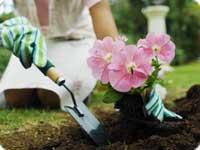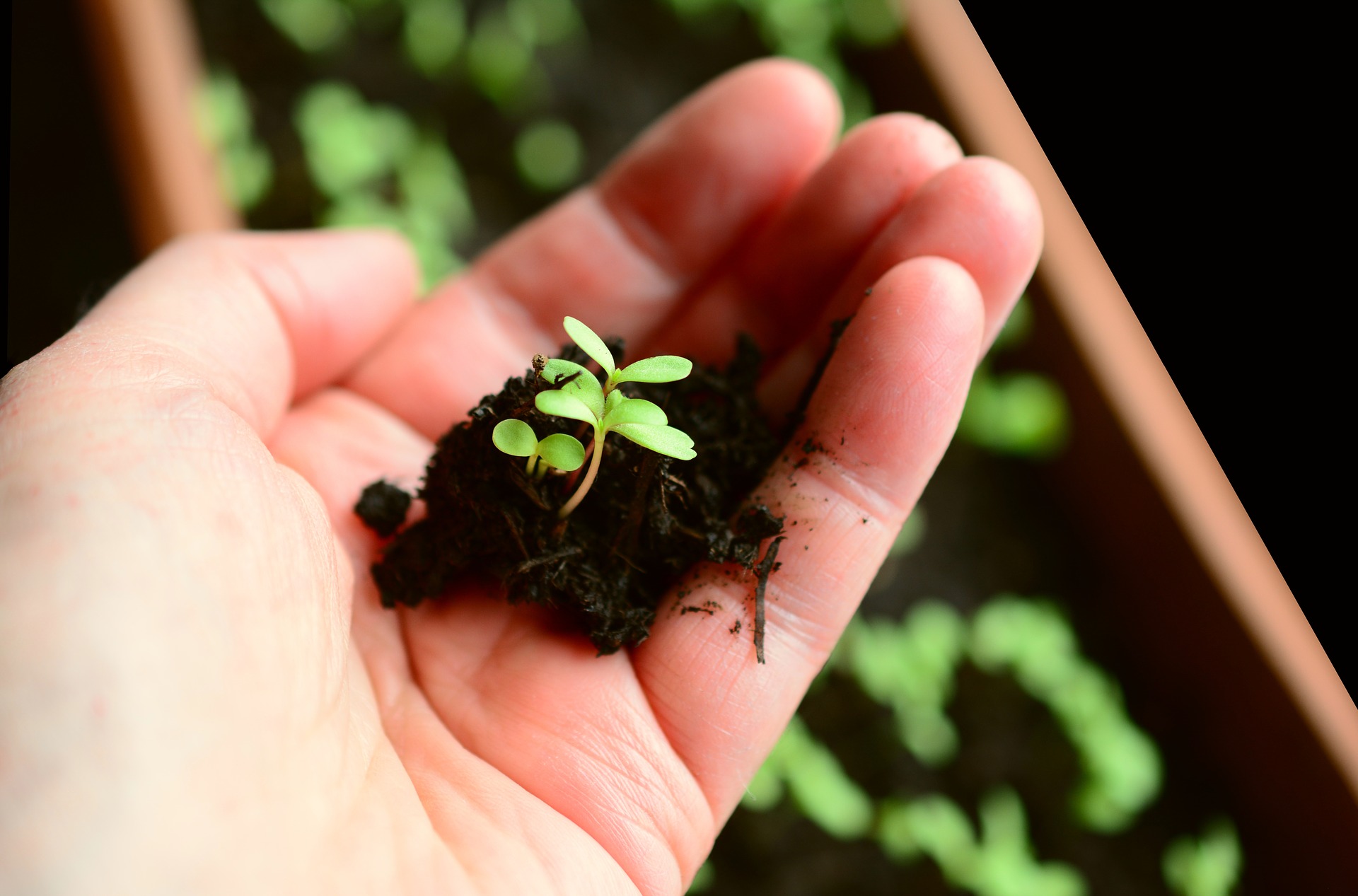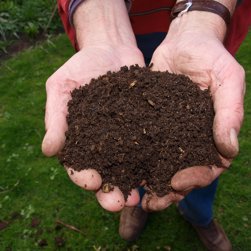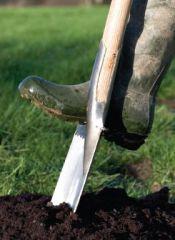

JIMA Compost
What are John Innes composts?
John Innes Composts are a blend of carefully selected loam or topsoil, sphagnum moss peat (or alternative), coarse sand or grit and fertilisers. The loam is screened and sterilised and then thoroughly mixed with the other ingredients in proportions designed to achieve the optimum air and water-holding capacity and nutrient content for different types and sizes of plants.
Environmental concerns surrounding the use of peat are resulting in an increasing number of John Innes brands becoming available with ‘peat-free’ formulations. These are checked by the John Innes Manufacturers Association and only approved if they achieve the same standards as those containing peat. Typical peat alternatives include wood fibre, bark and coir.
What are the ingredients?
The function of each of the ingredients in John Innes is briefly as follows:
| INGREDIENT | FUNCTION |
|---|---|
|
Loam |
Loam is the most important ingredient on the compost as it provides the main "body" of the compost. It also forms the base of plant nutrition by supplying clay, which has a cation and anion exchange capacity - it absorbs and releases plant nutrients as required. Loam also contains essential micro-elements and some organic matter which provides a slow release of nitrogen to the plant. |
|
Peat & alternatives |
Sphagnum peat (or its alternatives) in the John Innes compost increase the total porosity and improve both the aeration and the water-retaining capacity. |
|
Sand |
The coarse sand or grit is used as a physical conditioner to allow excess water to drain from the compost and thus prevent water-logging. It also helps to provide stability for larger plants. |
|
Fertiliser |
The compound fertiliser om John Innes compost provides a wide spectrum of plant nutrients needed for balanced growth, including: |
Why use John Innes composts?
As John Innes Composts have been used by growers and gardeners for over 50 years, they have clearly stood the test of time, and they are still popular for the following reasons:
Loam-based - John Innes Composts are loam-based - a natural medium for growing plants. Loam contains clay, humus and trace elements which provide a natural reserve of plant foods and also an excellent buffering capacity - so that it can cope with some degree of over-or under-feeding of the plants.
Air/Water Balance - Loam, peat (or its alternatives) and coarse sand provide a good balance between the amount of water held by the compost and the amount of air space after it has drained. It is easier to achieve this when three main ingredients are utilised than when the compost is made from only one material such as peat.
Easy to re-wet - The loam and coarse grit content make a John Innes Compost very easy to re-wet after drying out, compared with all-peat composts.
Natural pH - The pH level of John Innes Composts is at the natural level for most plants, except the lime-hating varieties such as Azaleas, Heathers and Rhododendrons.
Higher Nutrient Levels - Because of the loam content in John Innes Composts, the fertiliser levels can be increased to suit the vigour or growth rate of the plant, which would not be safe in peat-based composts.
Longer Lasting - John Innes Composts last for a longer time than soil-less composts before it becomes necessary to water and feed plants in pots or containers.
Greater Tolerance - With both short and long term fertiliser release, natural drainage and water retention, a John Innes Composts has greater tolerance and gives the amateur gardener better all round results than soil-less composts.
In conclusion, John Innes composts mean easier management and better plant growth particularly for:
- Bedding plants and vegetable seedlings
- Tomatoes, cucumbers, and melons
- House plants and interior planters
- Tubs, troughs, patio planters and window boxes.





